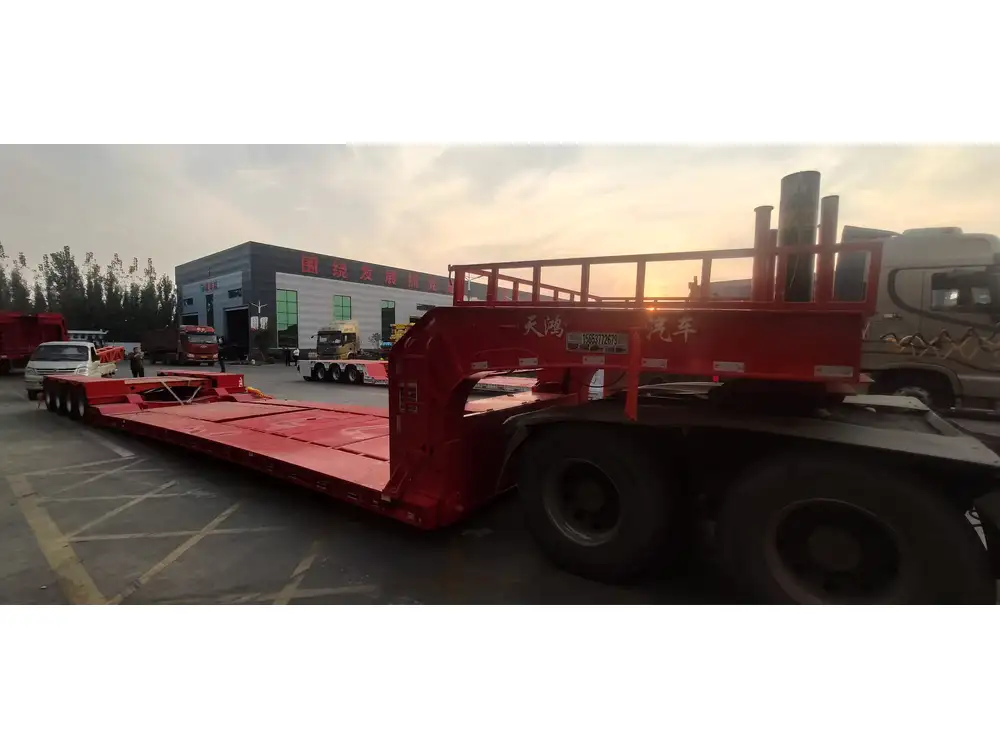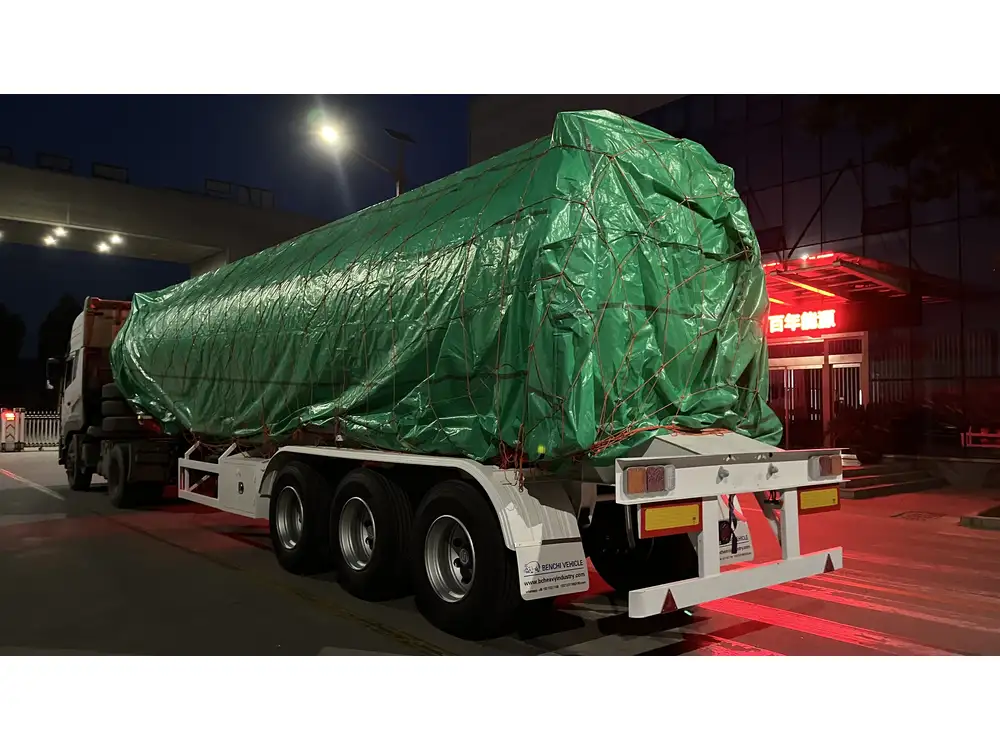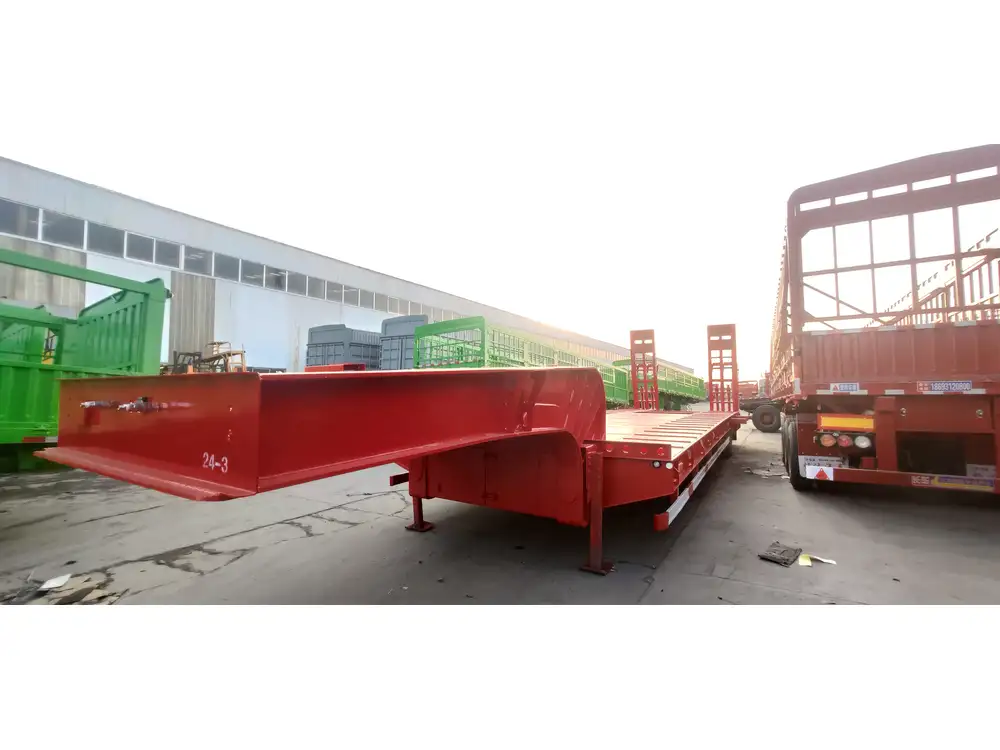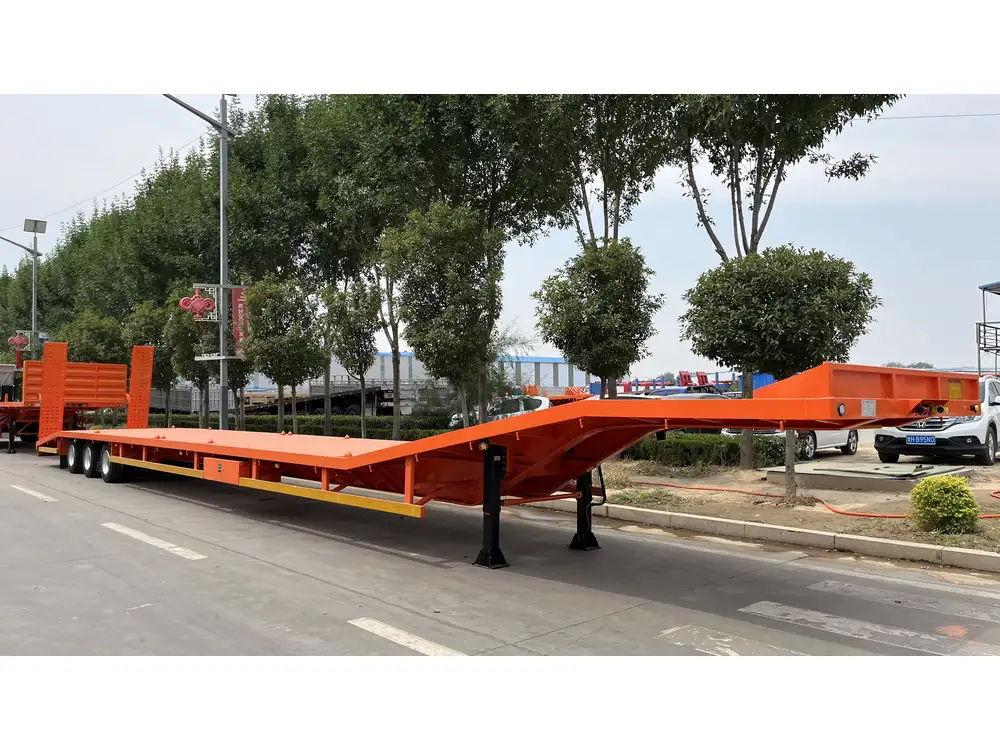When delving into the world of semi-trailer bumpers, a pertinent question arises that haunts fleet managers, truck owners, and quality assurance teams alike: “Are semi-trailer bumpers aluminum or steel?” Understanding the composition of these components is pivotal not only for safety and durability but also for cost-effectiveness and maintenance. This guide aims to thoroughly dissect this question, shedding light on the underlying factors influencing the material choice of semi-trailer bumpers.
Understanding the Basics of Semi-Trailer Bumpers
Before venturing into the materials used in semi-trailer bumpers, it’s important to grasp their fundamental purpose. Semi-trailer bumpers serve several critical functions:
- Protection: They shield the trailer’s rear and support structures during low-speed collisions.
- Compliance: Many jurisdictions have specific regulations regarding bumper dimensions, materials, and strength.
- Stability: They facilitate the stability of loading and unloading operations, providing an additional support mechanism for the cargo.
Types of Bumpers
There are two primary classifications of semi-trailer bumpers:
Recessed Bumpers: Designed to fit neatly within the truck’s frame, reducing the chance of damage during loading.
Flat Bumpers: These extend outwards and are typically more robust, designed to absorb impact forces directly.

Steel vs. Aluminum: A Material Showdown
1. Weight Considerations
| Material | Weight (per foot) | Lightweight Advantage |
|---|---|---|
| Aluminum | 1.5 pounds | Easier handling and better fuel efficiency |
| Steel | 2.5 pounds | Heavier, providing higher durability in extreme conditions |
Aluminum is revered for its lightweight nature, which translates into better fuel efficiency — a crucial factor for long-haul trucking operations. On the contrary, steel, while heavier, offers greater strength and impact resistance, making it a preferred choice for certain applications.
2. Durability and Strength
| Material | Tensile Strength | Rust Resistance |
|---|---|---|
| Aluminum | Moderate | Naturally occurs, requires little maintenance |
| Steel | High | Prone to rust unless coated |
In terms of durability, steel frequently outshines aluminum. Its tensile strength is superior, making it better suited for heavy-duty applications. However, aluminum’s inherent resistance to corrosion offers a significant advantage, particularly in environments prone to moisture and salt, like coastal regions.

3. Cost Analysis
| Material | Material Cost Per Pound | Maintenance Cost |
|---|---|---|
| Aluminum | Higher | Generally lower due to rust resistance |
| Steel | Lower | Higher due to potential rust and maintenance needs |
When analyzing the cost, aluminum bumpers typically have a higher initial material cost, but this may be offset by lower long-term maintenance expenses due to rust resistance. Steel, being less expensive initially, could incur additional costs over time if not properly maintained.
4. Fabrication and Repair
| Material | Ease of Fabrication | Repair Options |
|---|---|---|
| Aluminum | Easier, with methods like welding and riveting | Patchwork can be labor-intensive |
| Steel | Requires skilled labor for cutting and welding | Easier to find and potentially cheaper |
From a fabrication standpoint, aluminum is easier to work with, lending itself well to various manufacturing techniques, including welding and riveting. On the contrary, steel bumpers may be heavier to manipulate during repairs but often allow for simpler, cost-effective repair solutions.
5. Environmental Considerations
Considering environmental impact, aluminum is often seen as the more sustainable option due to its recyclability and lower life-cycle ecological footprint compared to steel. Steel production is energy-intensive and emits more greenhouse gases, but it is also highly recyclable.

Comparing User Preferences
Fleet managers typically lean towards steel bumpers for heavy-load scenarios due to their strength, while those prioritizing weight and fuel economy, especially in regional transport settings, may prefer aluminum.
User Feedback Summary
- Fleet Managers favor steel for high-stress conditions.
- Owner-Operators lean towards aluminum for agility and efficiency.
- Maintenance Teams appreciate aluminum’s lower upkeep needs.
Both materials have their advocates, and the best choice often depends on specific use-case scenarios.
Regulations and Compliance Standards
It’s crucial to note that various regulations dictate bumper specifications. Compliance with standard size and strength requirements not only ensures safety but also grants peace of mind to fleet owners.
- Federal Motor Carrier Safety Administration (FMCSA) regulations outline minimum bumper strength standards.
- Transport Canada sets additional safety benchmarks for trailer bumpers.

Key Takeaways for Compliance
- Always verify bumper material against the latest regulations.
- Consider regional law variations when selecting materials.
Future Trends in Semi-Trailer Bumper Manufacturing
The semi-trailer industry is on the cusp of significant material advancements. As technology evolves, the competitive landscape may see:
Hybrid Materials: Innovations could lead to composite bumpers that utilize the strengths of both aluminum and steel, ensuring durability while minimizing weight.
Advanced Coatings: New coatings could enhance steel’s rust resistance, marrying some benefits of aluminum while retaining steel’s strengths.
Smart Bumpers: Future bumpers may incorporate sensors to monitor structural integrity and alert operators to potential issues proactively.
Conclusion: Making an Informed Decision
Ultimately, the choice between aluminum and steel bumpers can be summed up in various factors:
- Operational Needs: Consider the nature of the loads, distances traveled, and typical road conditions.
- Cost vs. Benefit: Factor in both initial costs versus long-term maintenance.
- Regulatory Compliance: Always ensure material choices meet local and federal regulations.
Investing time in understanding these factors will not only help in selecting the right bumper but also promote safety, efficiency, and durability in operations. Making an informed decision tailored to specific logistical needs will undoubtedly lead to a sustainable competitive edge in the semi-trailer manufacturing sector.
When deciding on the composition of semi-trailer bumpers, consider asking yourself: Are the benefits of aluminum or steel more aligned with your operational demands? This introspection will pave the way for a decision that balances safety, performance, and cost-effectiveness.



